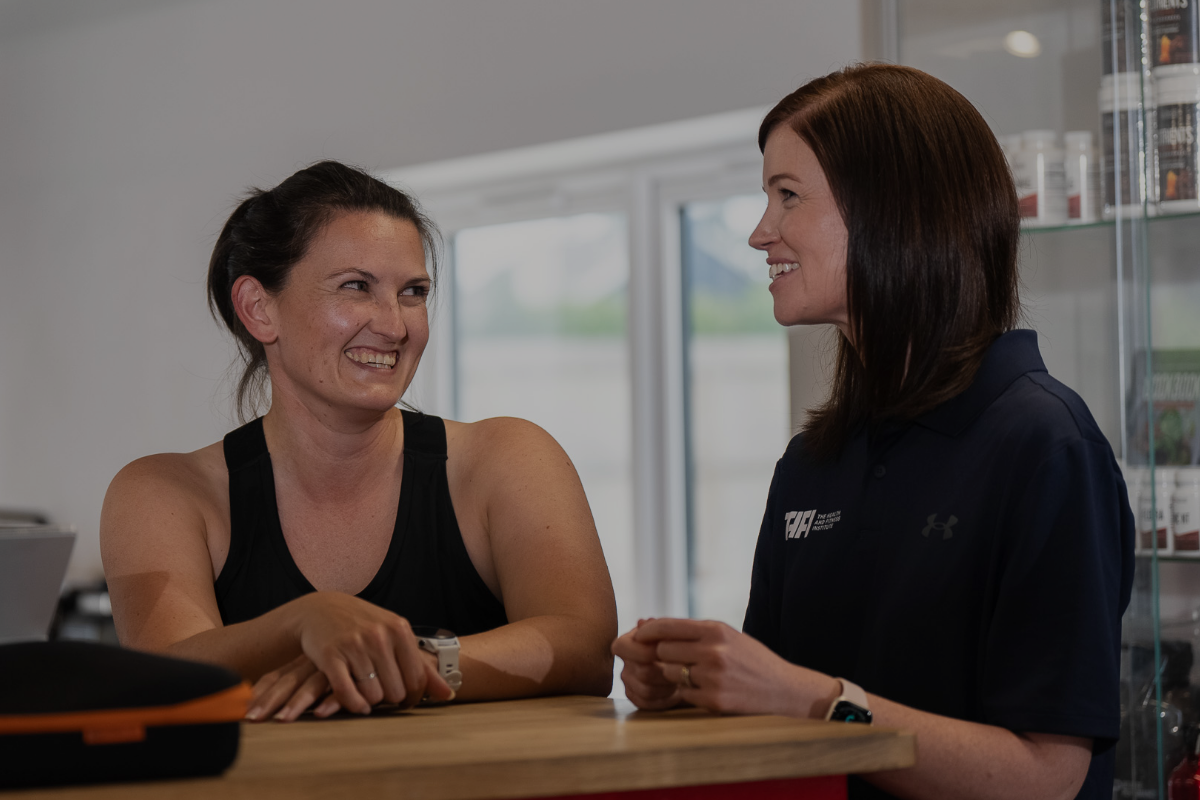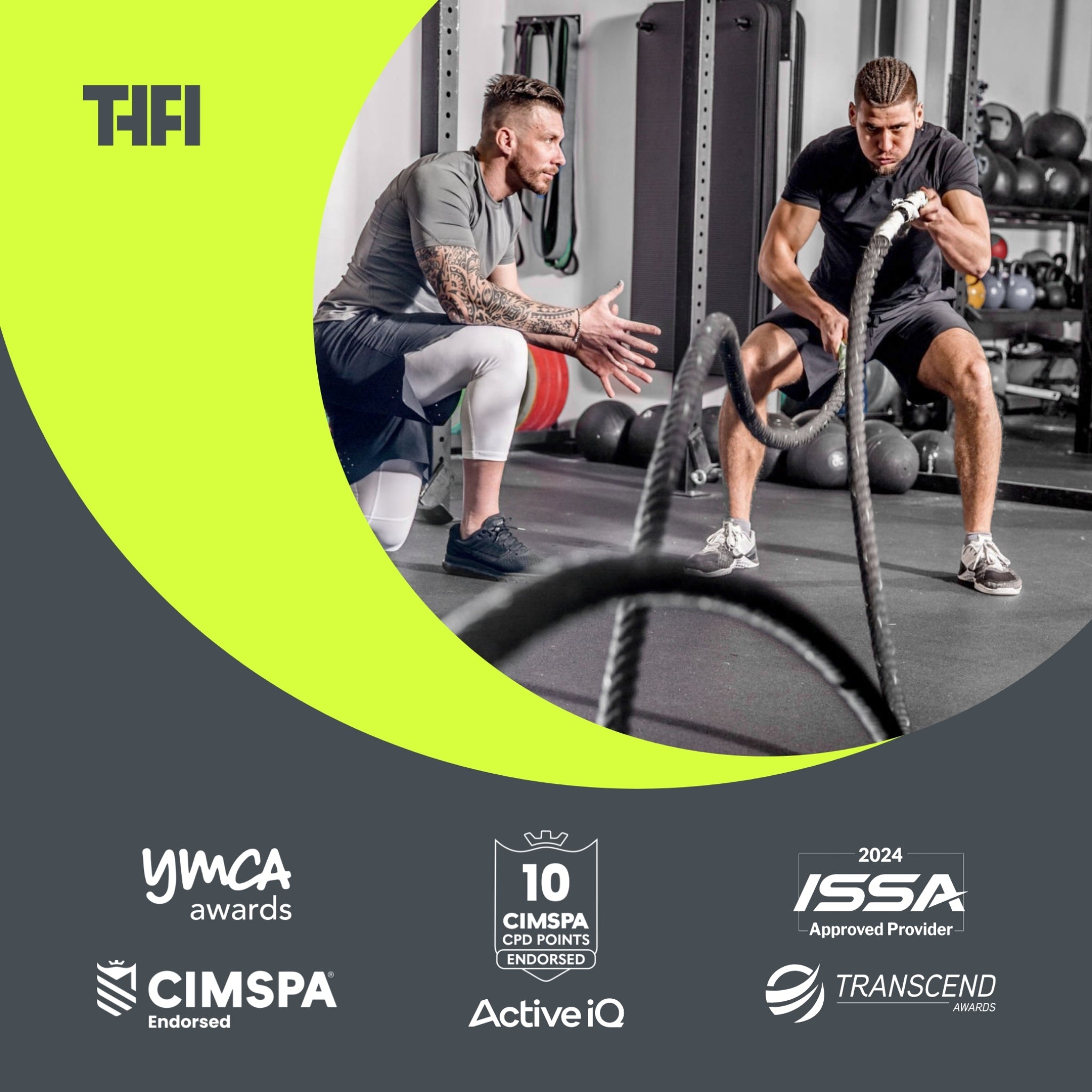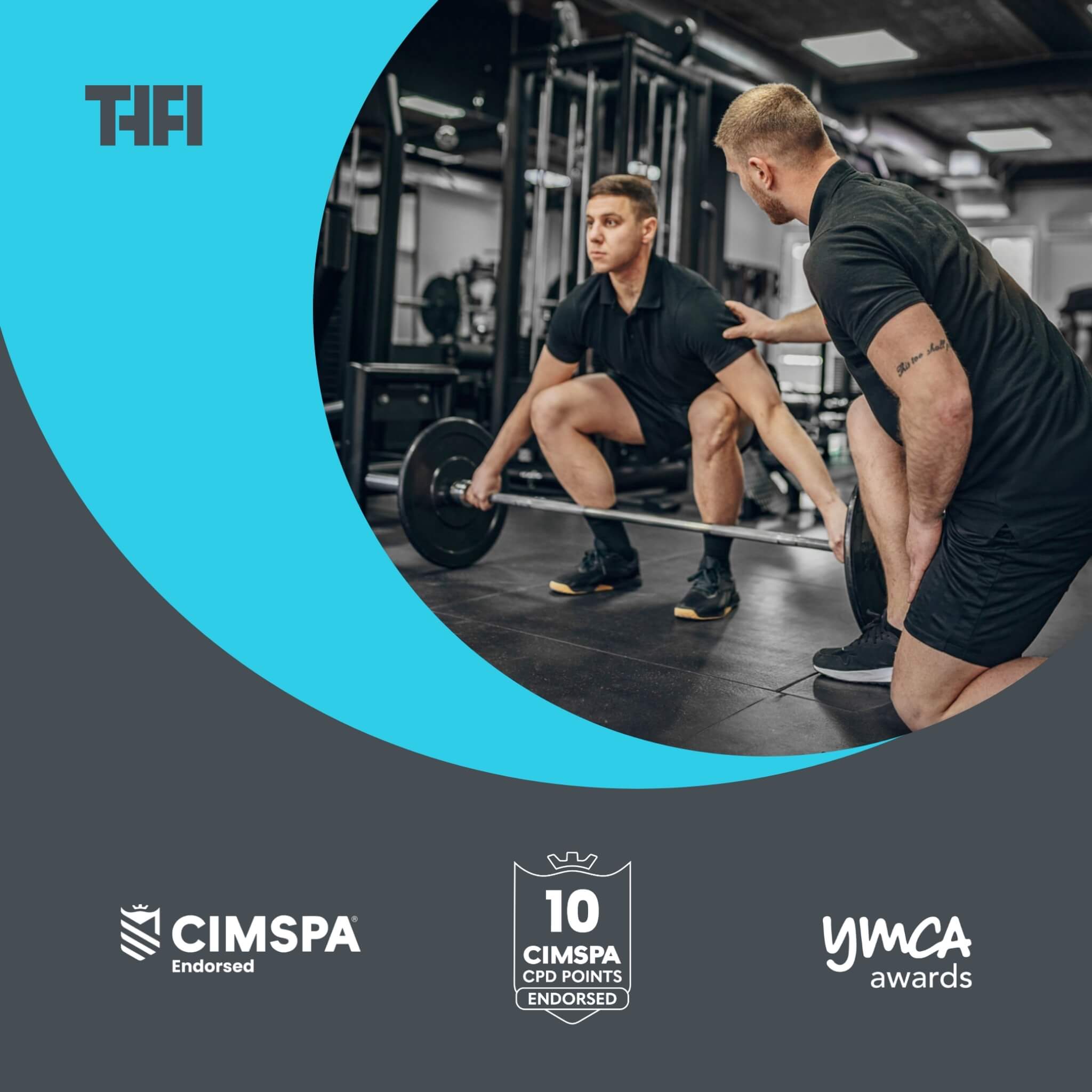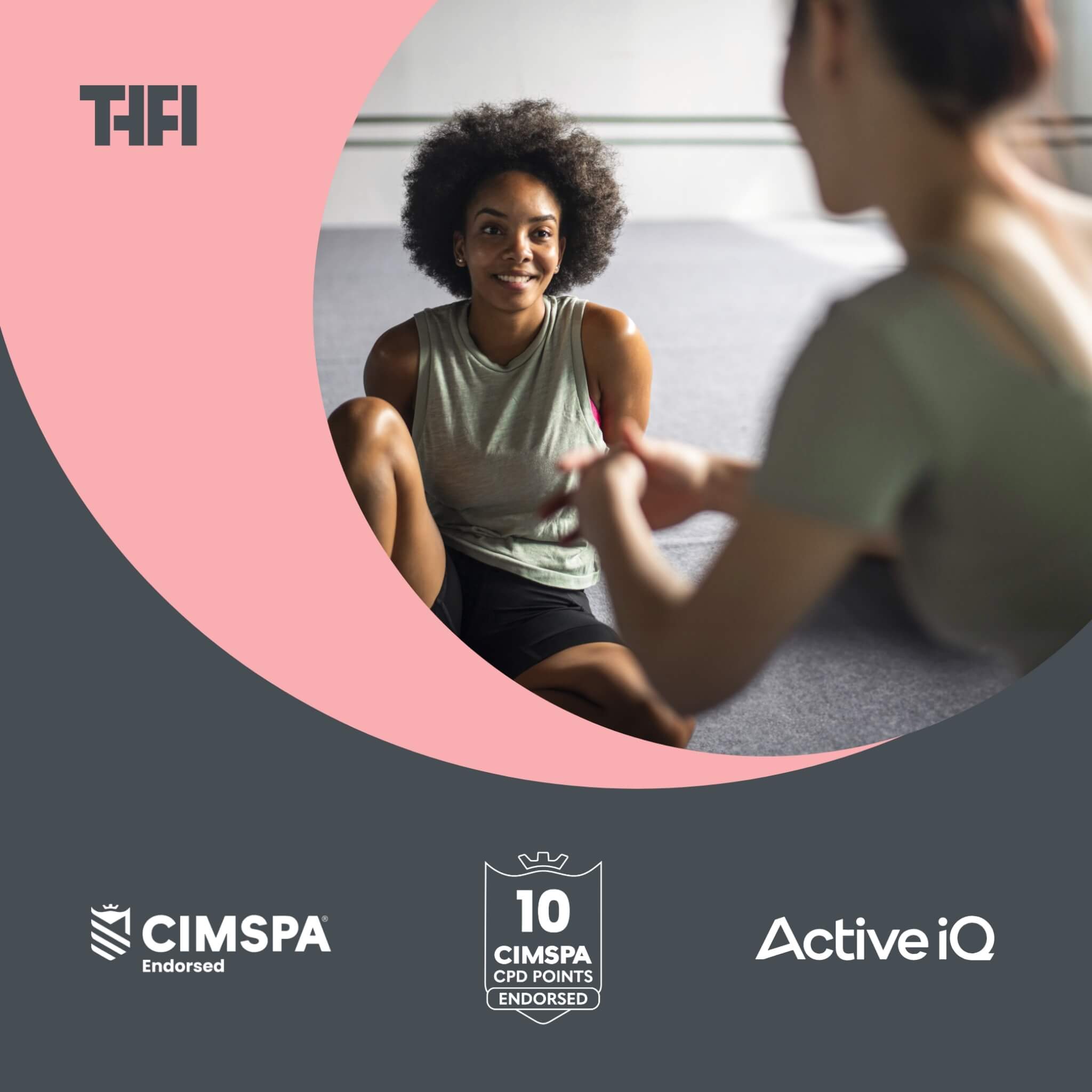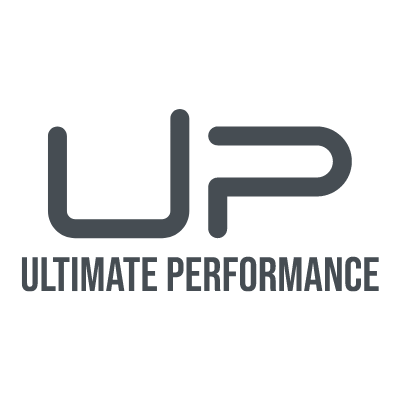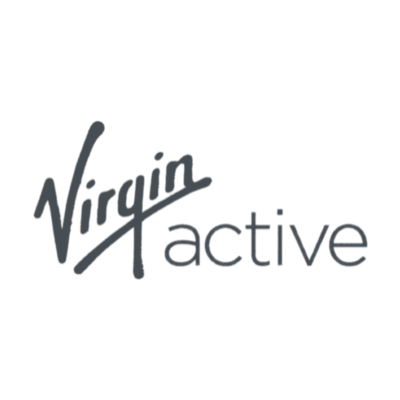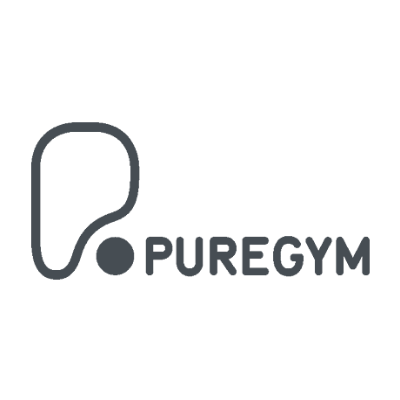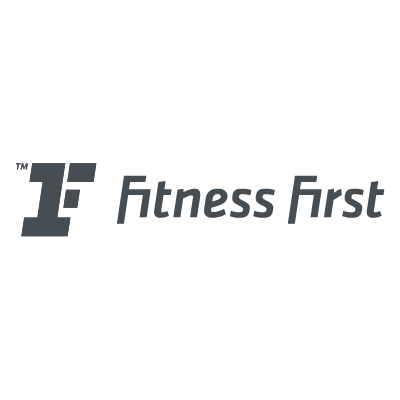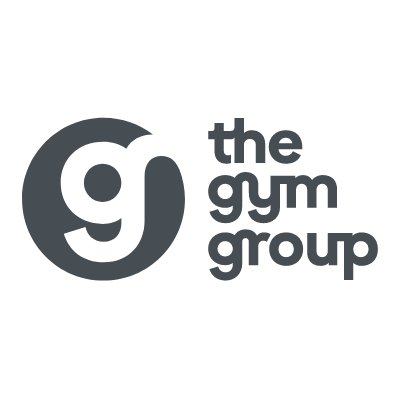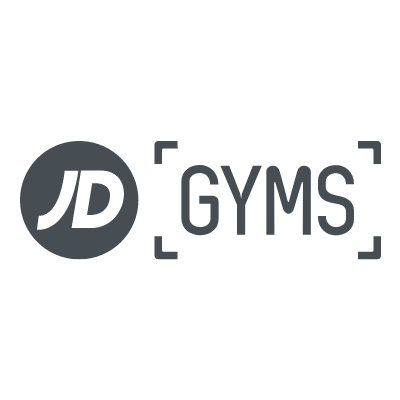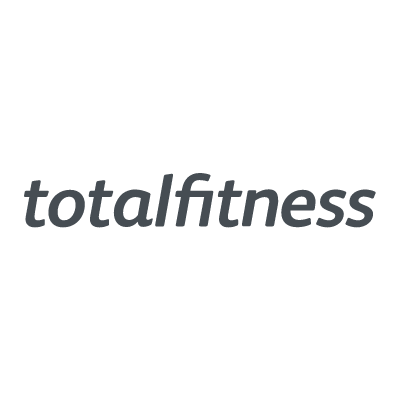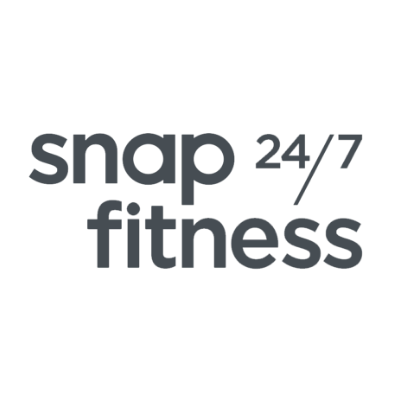How to Write a Personal Training Questionnaire for your Clients

Ever wondered how the best personal trainers get the kind of results that make your jaw drop?
While so many factors go into magazine-cover worthy transformations, there’s one vital first step you cannot afford to miss.
Every professional trainer will take the time upfront to really understand the client’s unique needs and goals before even setting foot in the gym.
But it’s more than just filling in a cursory five-minute client information form.
It’s crafting the kind of personal questionnaire that gives you a treasure trove of information about your clients’ aspirations, their health status, and the personal barriers they never realised they had.
This priceless data means you can better understand and connect with your client and their goals, so you can design a personalised plan that’s going to give them the results they want.
This article will help you unlock techniques and insights that will help transform your casual consultations into powerful strategy sessions.
Sessions that not only boost client results but also elevate your standing as a sought-after trainer.
The role of a questionnaire in personal training
In the modern fitness landscape, standing out is about more than just muscles and motivation. It's about mastery. Mastery over techniques, over client psychology, and most definitely, over information gathering. The foundational tool for this? A well-structured questionnaire. But let’s not just stop at the what; let’s delve into the why and how.
Why do you need a questionnaire?
Think of your questionnaire as a bridge – a bridge between what a client says they want and what they genuinely need. It's a tool that offers insights which, quite often, the client themselves might overlook.
The Dual Advantage: Safety and Specificity
Every individual is a unique mosaic of experiences, health histories, and ambitions. A questionnaire lets you cater to this individuality in two profound ways:
- Safety: Before pushing them to their limits, it's essential to know where those limits lie. From previous injuries to chronic illnesses, a questionnaire flags potential health hazards, ensuring you design workouts that challenge but don't harm.
- Specificity: "I want to get fit" is a vague aspiration. But what does 'fit' mean to your client? A marathon in six months? Shedding post-pregnancy weight? Or maybe, bench pressing their personal best? A questionnaire lets you narrow down these broad goals, allowing for tailored, effective, and satisfying fitness programs.
What makes a great questionnaire?
Having established the undeniable value of the questionnaire, the next conundrum is, what elements make one truly stand out?
Simplicity vs. Thoroughness
A delicate balance must be struck. While it's crucial to extract as much information as possible, overwhelming a client with a barrage of questions can be counterproductive. Aim for concise yet comprehensive questions. Remember, it's not about the quantity of questions but the quality.
Encouraging honesty and openness
Design your questionnaire in a way that fosters trust. Use language that's non-judgmental and ensures clients that there's no 'right' or 'wrong' answer. It’s about understanding their story, not judging it.
Privacy concerns and handling sensitive data
In today’s digital age, data is gold. And with gold comes the responsibility of safekeeping. Make sure your questionnaire comes with a clear privacy statement, assuring clients their personal data won't be misused. Always store this information securely, be it physical or digital, and ensure that it is only accessed by those who truly need it.
Incorporating these facets into your questionnaire design won't just up your game as a personal trainer; it will fundamentally transform the client-trainer dynamic. It’s a transition from guesswork to groundwork, from generic to genius. And as they say, the devil is in the details. Your attention to these details? That’s where the magic happens.
Crafting your personal training questionnaire
Being a top-tier personal trainer goes beyond just knowing the latest fitness trends or the most efficient workouts. It's about understanding, on a profound level, the human being in front of you. And for that, you need a well-crafted questionnaire. It's not just a form; it's your ticket to an insider view of your client's life, aspirations, and limitations.
Essential components
Every fitness journey is unique, but certain markers remain consistent across all clients. Your questionnaire needs to touch on these foundational bases:
- Personal details and emergency contacts: basic, yet crucial. This isn't just about knowing your client's name; it's about being prepared in the face of an emergency.
- Current fitness and health metrics: from weight and BMI to blood pressure, these metrics set the starting point of any fitness journey.
- Lifestyle habits impacting fitness: this could range from their sleep patterns and diet to their alcohol consumption and smoking habits. Often, the challenge isn't just the hour in the gym but the 23 hours outside of it.
- Medications and their potential implications during workouts: some medications can affect heart rate, stamina, or muscle growth. Being in the know can avoid potential pitfalls down the road.
- Previous injuries and their relevance: that old football knee injury or the slipped disc from a year ago? They matter. Big time.
- Personal fitness goals and motivations: this is the heart of it all. What drives them? What are they working towards? The better you grasp this, the better their results.
Beyond the basics – the deep dive questions
Going above and beyond the call of duty is what sets elite personal trainers apart. Your questionnaire should echo this ethos:
- Personal interests and likes in fitness: does a client prefer weightlifting or aerobics? Are they into HIIT or love a good yoga session? This tailors not just the workout but the experience.
- Non-gym related activities: maybe they love hiking over the weekends or are part of a local dance group. Such activities can influence recovery times and energy levels.
- Motivations: the 'why' behind their fitness journey: dig deep. It's one thing to know that a client wants to lose weight. It's another to know they're doing it to keep up with their kids.
Turning answers into action
Collecting data is just the start; the real art lies in its application:
- Interpreting data: learn to read between the lines. If a client hasn't listed any previous injuries, but mentions knee pain when running, it's a cue for you to probe further.
- Tailoring training programs based on feedback: personalisation is the name of the game. Use the insights from the questionnaire to craft training regimens that resonate with each client's individual narrative.
- Adjusting strategies as feedback evolves: A fitness journey is fluid. As your clients progress, change, and evolve, your strategies must mirror this evolution.
Crafting a top-notch questionnaire is both science and art. It's about facts, but it's also about feelings. It’s about metrics, yet it’s also about motivations. Get this balance right, and you're not just their trainer; you're their partner in the profound journey of transformation.
The business side of things
So you've perfected the art of crafting an impeccable personal training questionnaire. Great! Now, let's explore how this tool, while seemingly simple, can be a powerful asset in the business dimension of your personal training career.
Using your questionnaire as a marketing tool
Your questionnaire isn't just a means to gather information – it's a representation of your brand, professionalism, and dedication to individualised service. Here's how you can leverage it:
- Attracting potential clients: A detailed, well-thought-out questionnaire can be a unique selling point. It sends a message that you're not just about generic workouts; you care about personalising each fitness journey. Showcasing snippets or highlights of your questionnaire on your website or social media can intrigue potential clients and draw them to your services.
- Retaining existing clients through effective communication: when clients see that you're genuinely interested in their well-being and goals, it builds trust. Revisiting and updating the questionnaire can also serve as a regular touchpoint, reminding them of their progress and reinforcing their commitment.
Legalities and ethical concerns
Navigating the legal and ethical landscape is crucial. A misstep can not only harm your reputation but may also lead to legal complications.
- Seeking legal counsel for questionnaire design: before finalising your questionnaire, it's wise to seek legal advice. This ensures that your questions are compliant with laws, particularly around health data collection. It might seem like an extra step, but it’s one that safeguards both you and your clients.
- Ensuring client data protection: personal information, especially health data, is sensitive. Ensure you have robust systems in place to protect this data. Be transparent with clients about how their data will be used and stored. Additionally, staying updated on GDPR (general data protection regulation) and other data protection laws is essential.
Your questionnaire, while primarily a tool for understanding and serving clients, is also an extension of your business brand. Use it wisely, ethically, and proactively, and it can become one of your most significant assets in building a thriving personal training career.
Conclusion: unravelling the power of a strategic questionnaire
The art and science of personal training transcend beyond just weights, routines, and fitness charts. It delves deep into understanding the psyche of the individual, their aspirations, limitations, and the tiny nuances that make their journey unique. And at the very heart of this understanding lies a potent tool - the client questionnaire.
A questionnaire isn’t just a compilation of questions; it's a bridge. A bridge that connects personal aspirations to professional guidance. As trainers, when we hold a questionnaire filled out by a client, we aren’t just holding a sheet of paper. We’re holding a story, a narrative of someone's struggles, ambitions, fears, and dreams. Deciphering this can set the stage for a transformative journey.
But remember, while the data is crucial, it's the personal connection, the human touch that makes all the difference. Your clients need to feel heard, understood, and most importantly, they need to trust you. This trust will be the bedrock of every squat, every mile run, and every bead of sweat in the gym.
However, as with all things in the realm of fitness, there’s an element of evolution. Your questionnaire, as comprehensive as it may seem now, will always have room for improvement. With every client, with every feedback, there’s an opportunity to refine, to adapt, and to better this tool.
To sum it up, always view your questionnaire as a living entity, not a static form. Let it grow, evolve, and change as you do, as your clients do.




